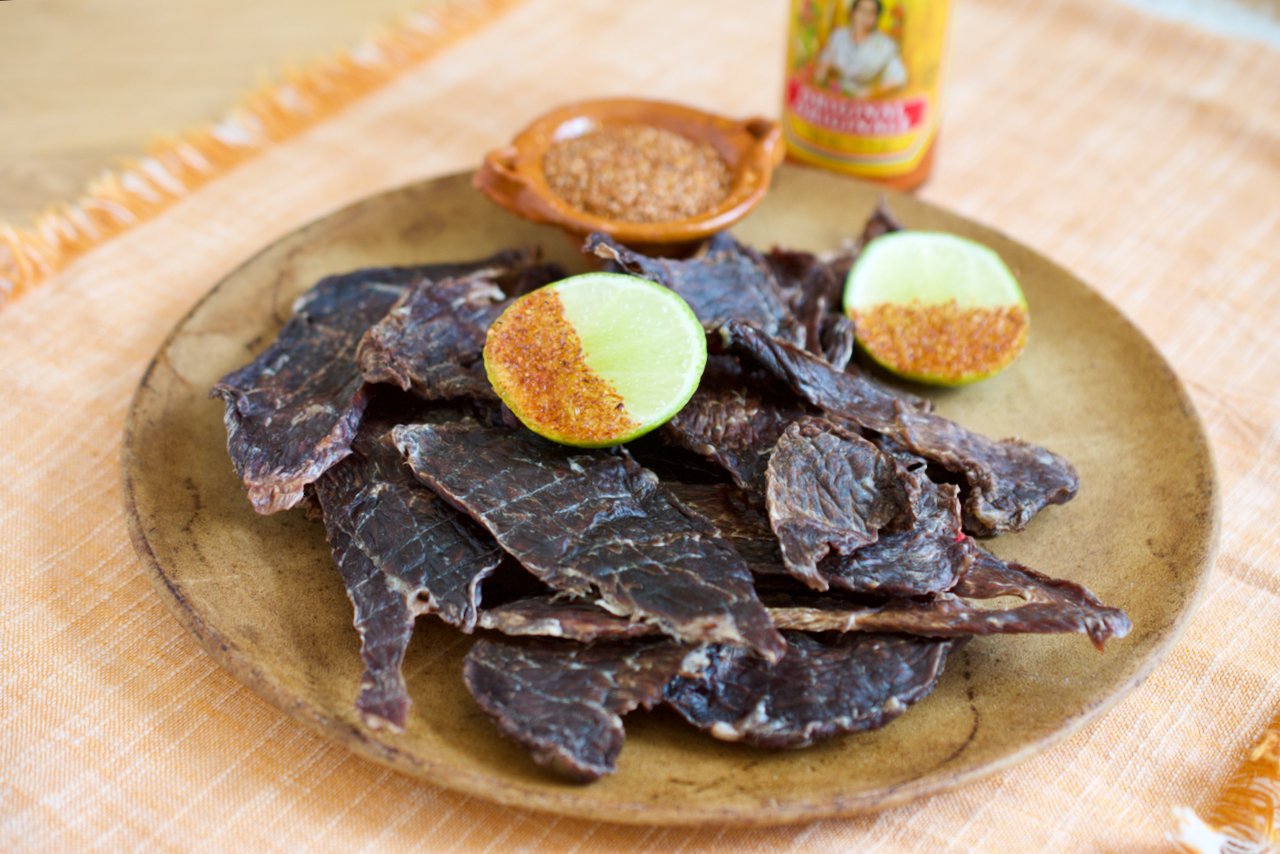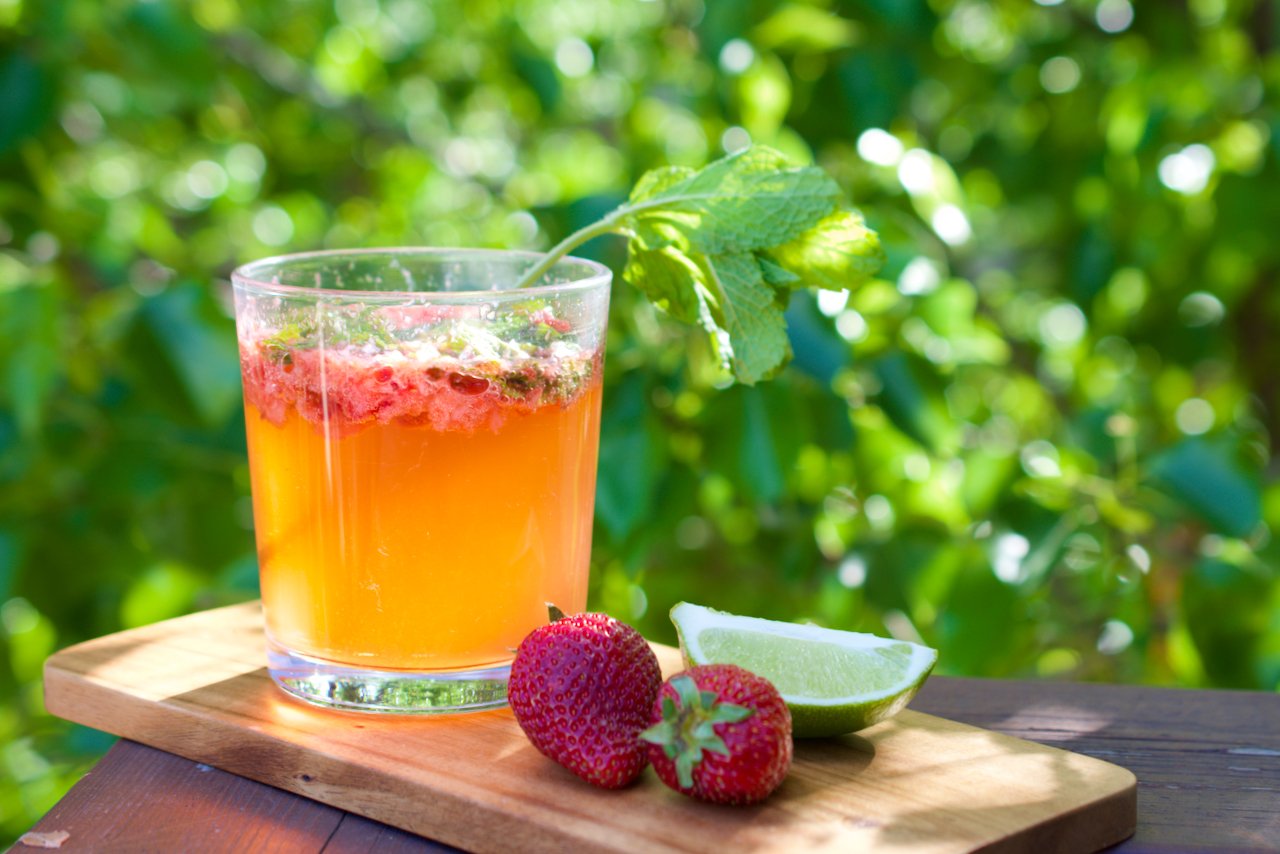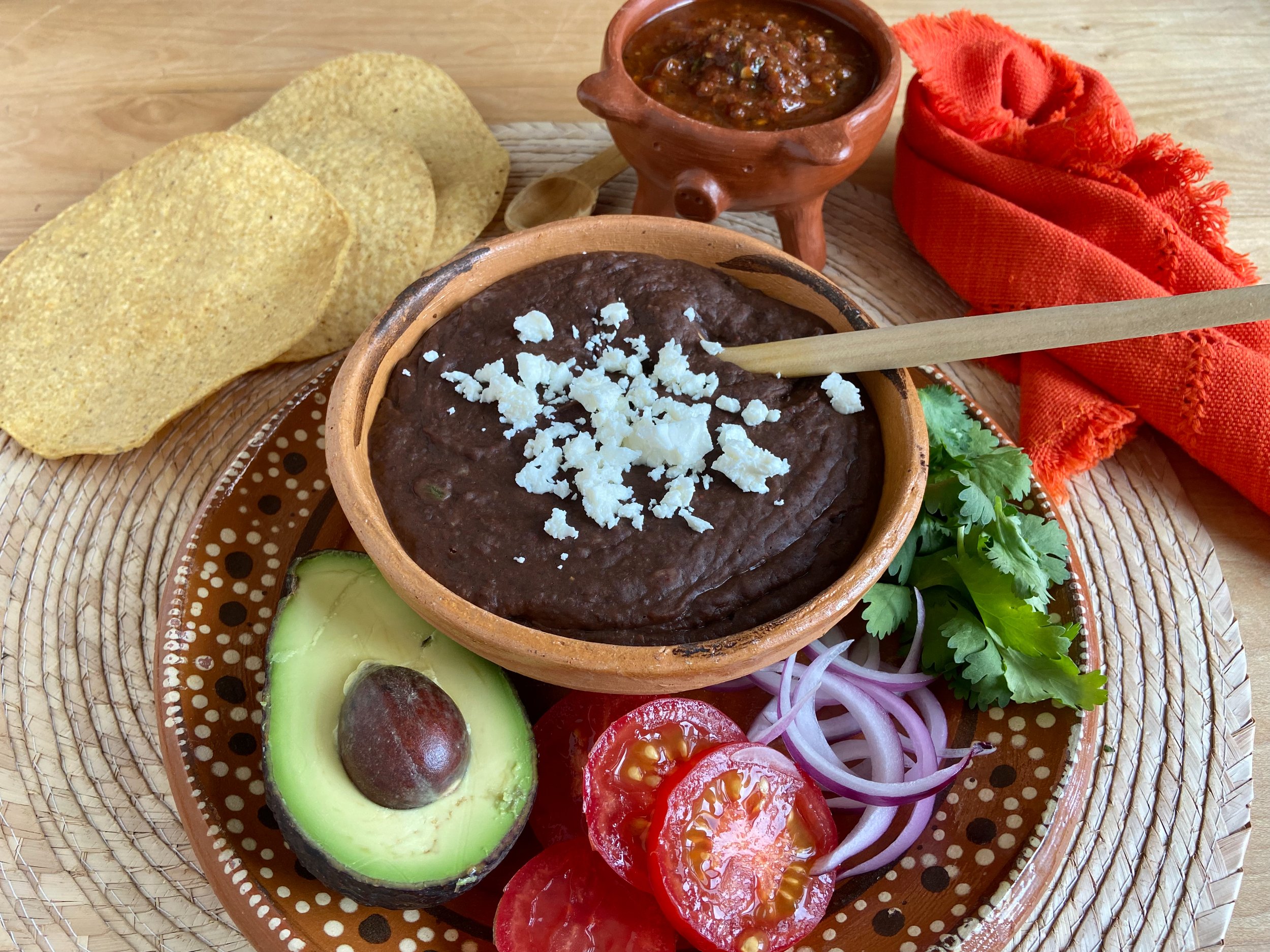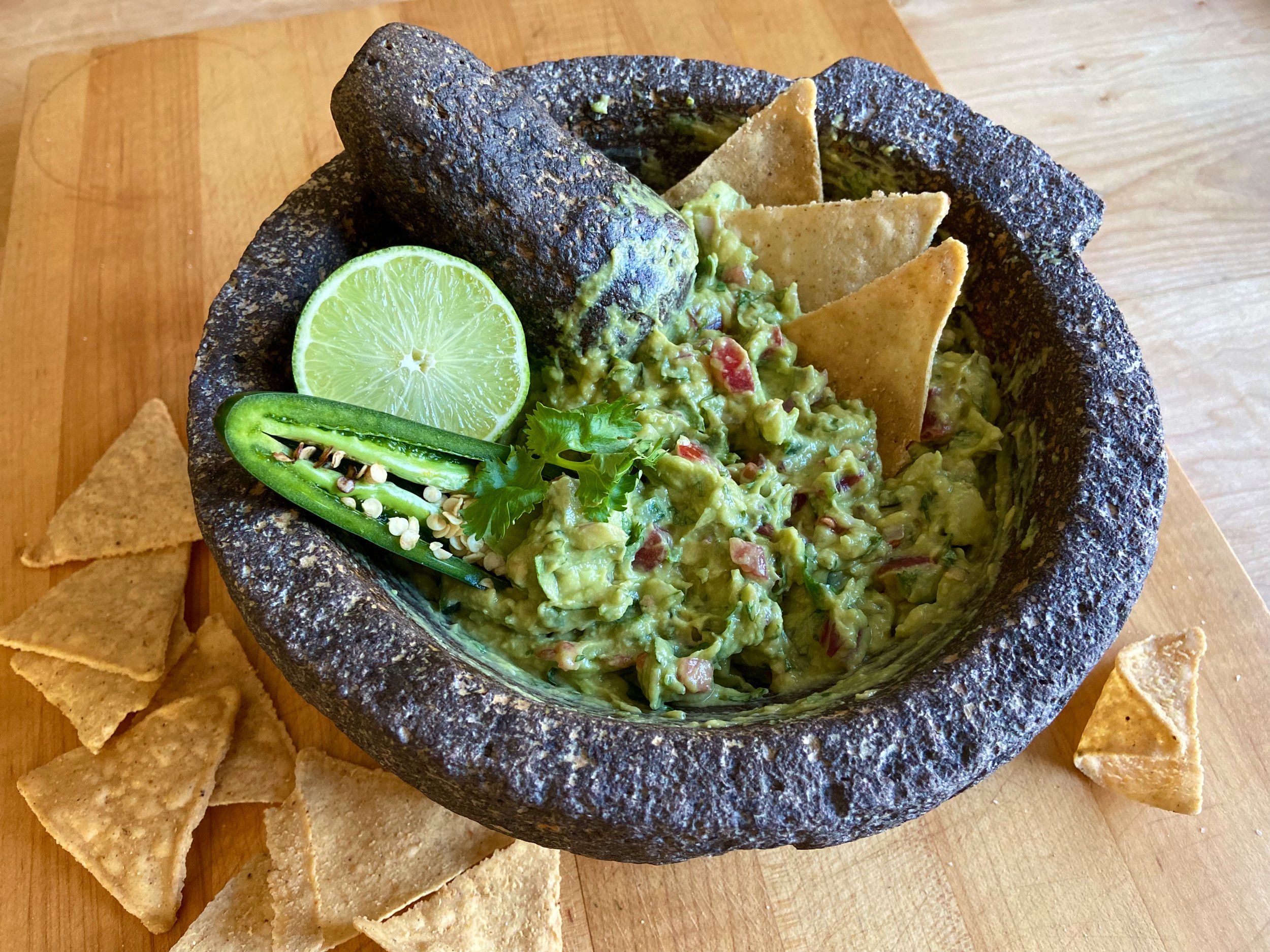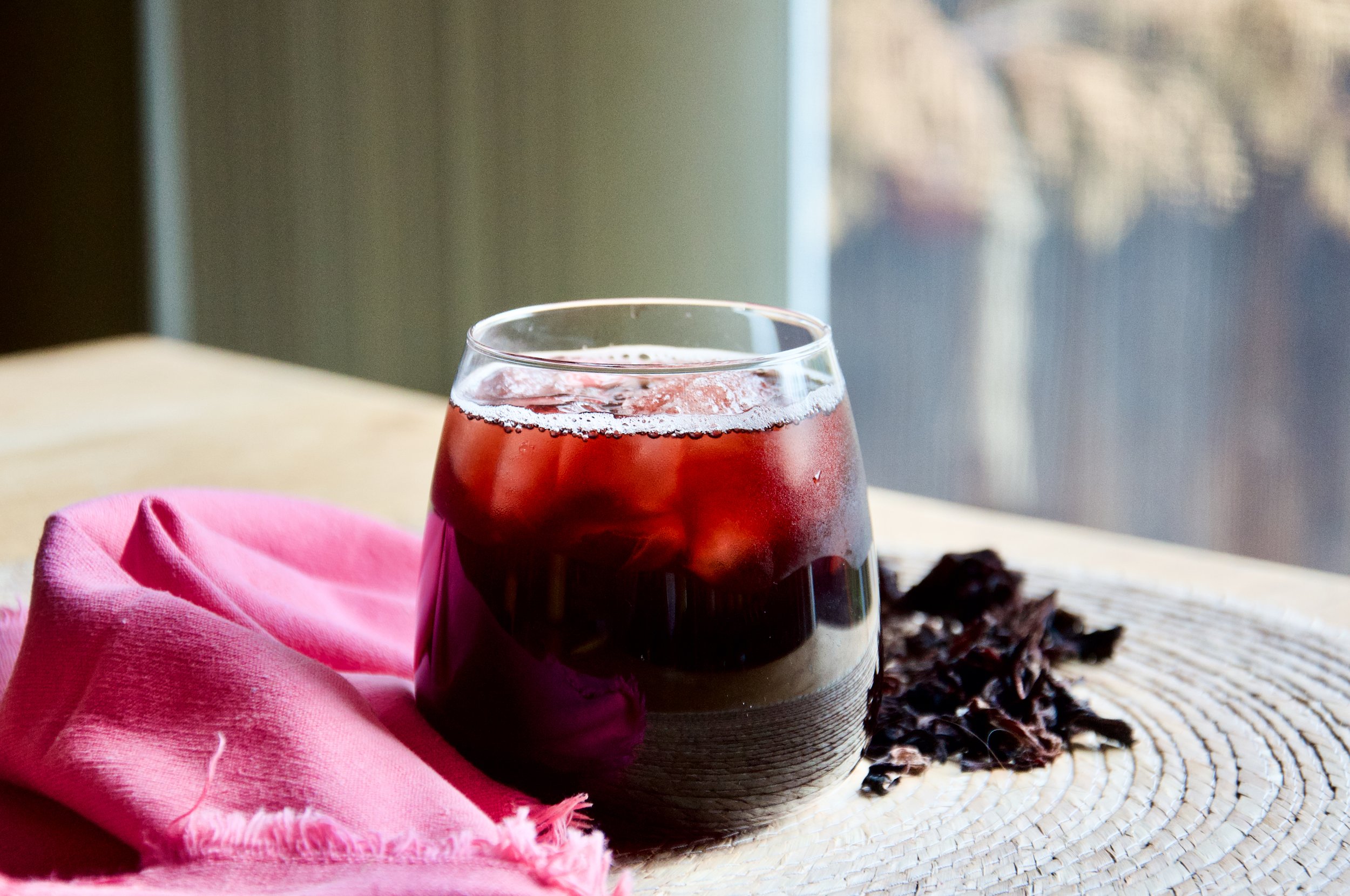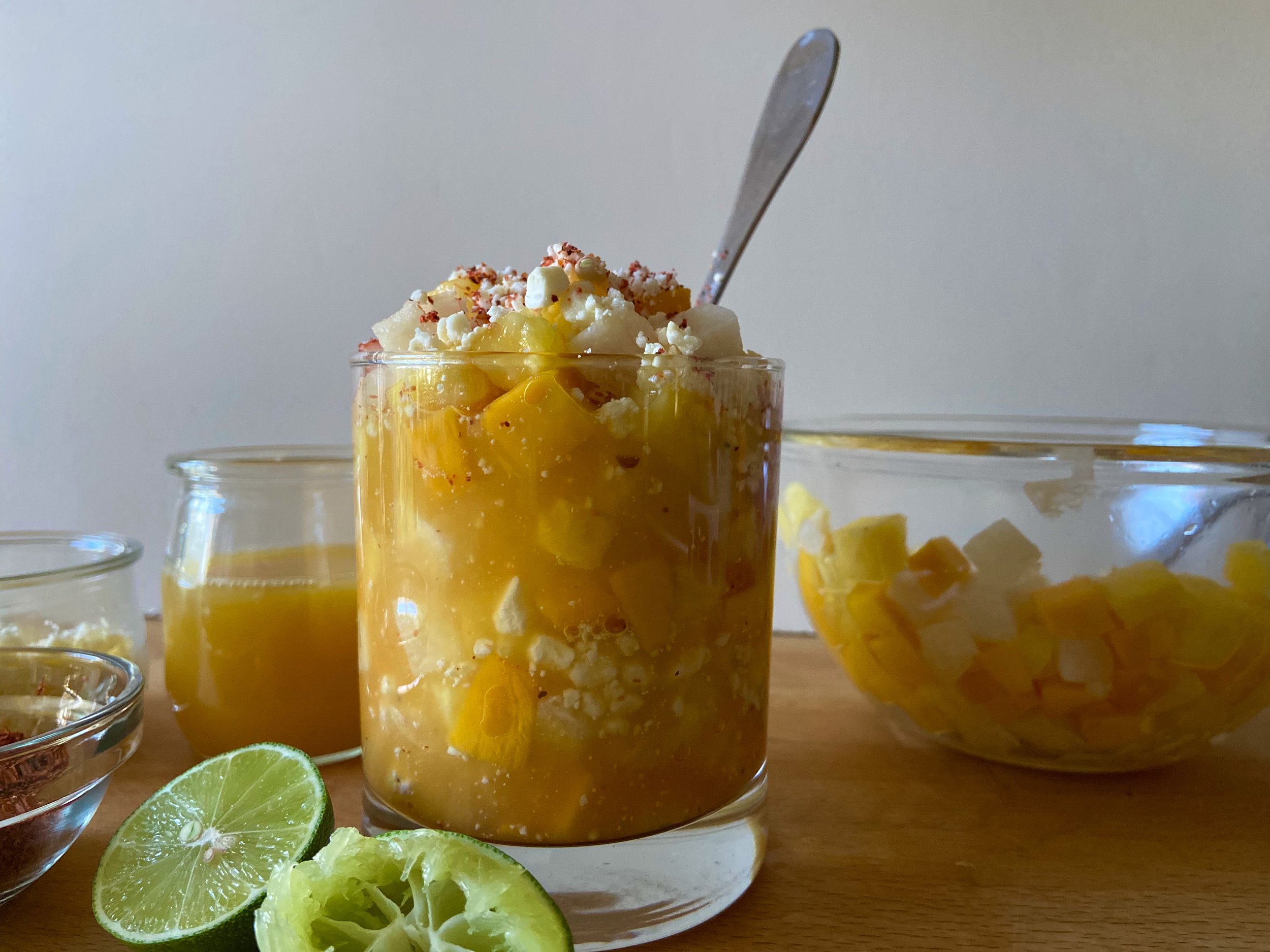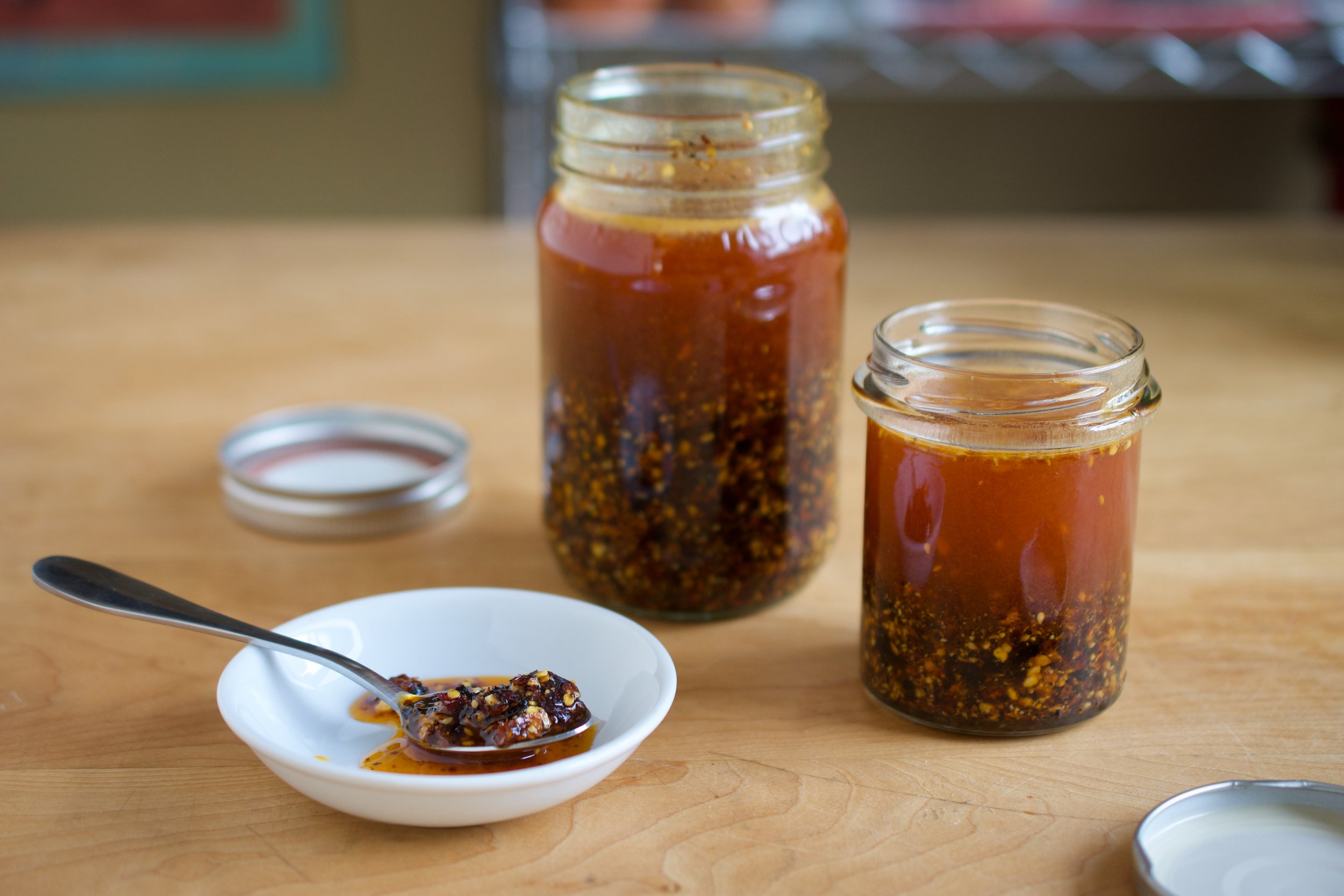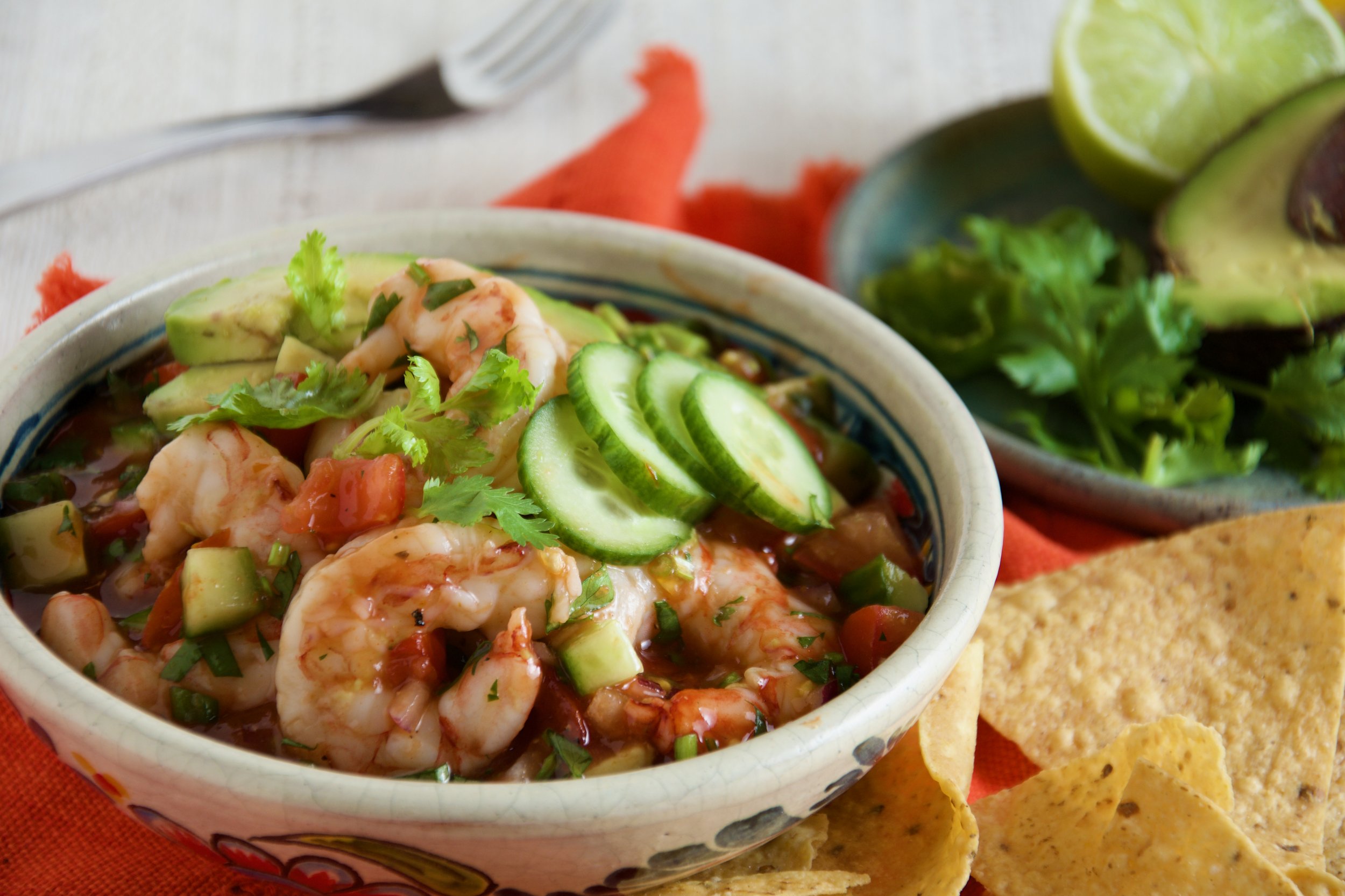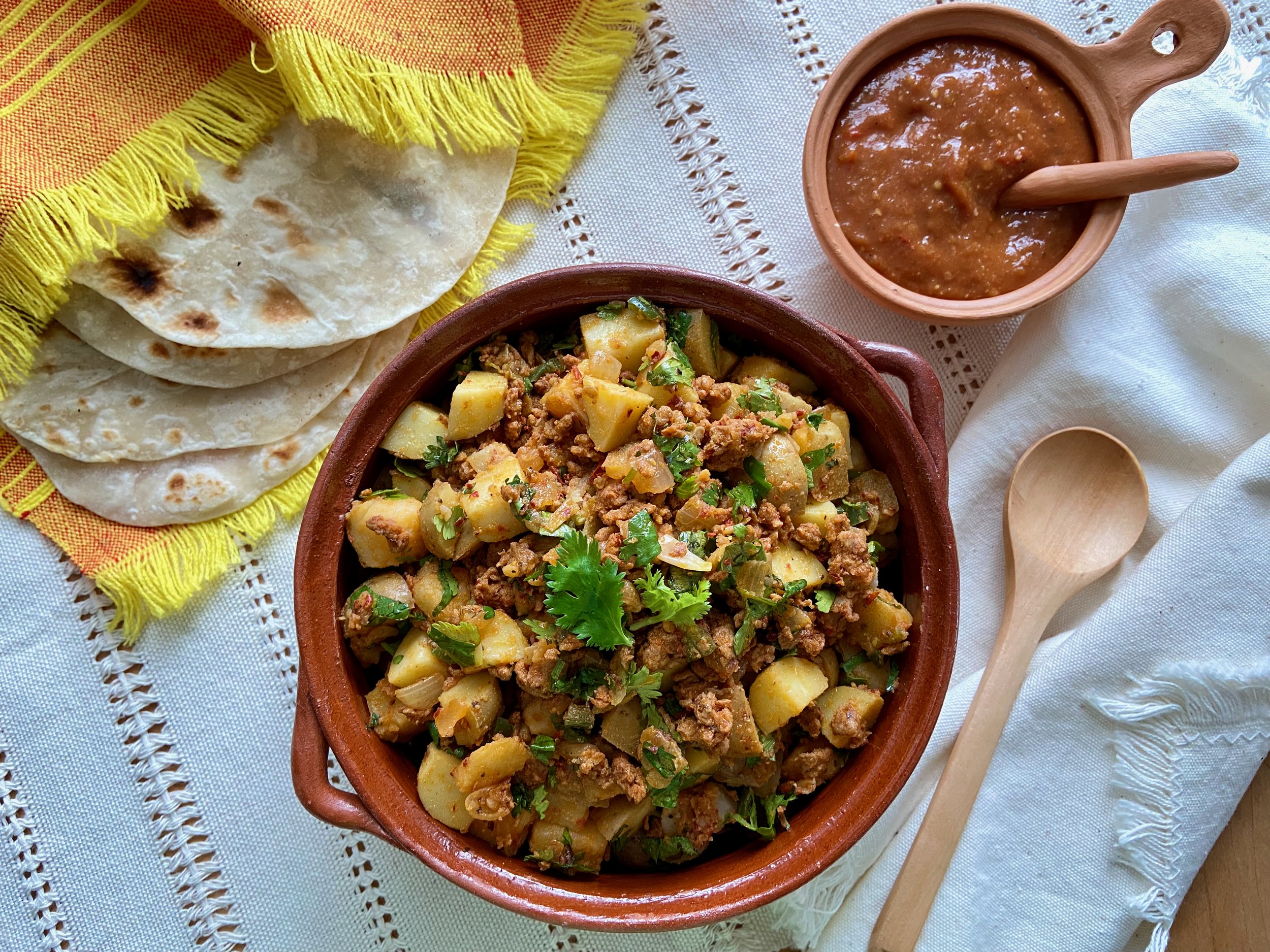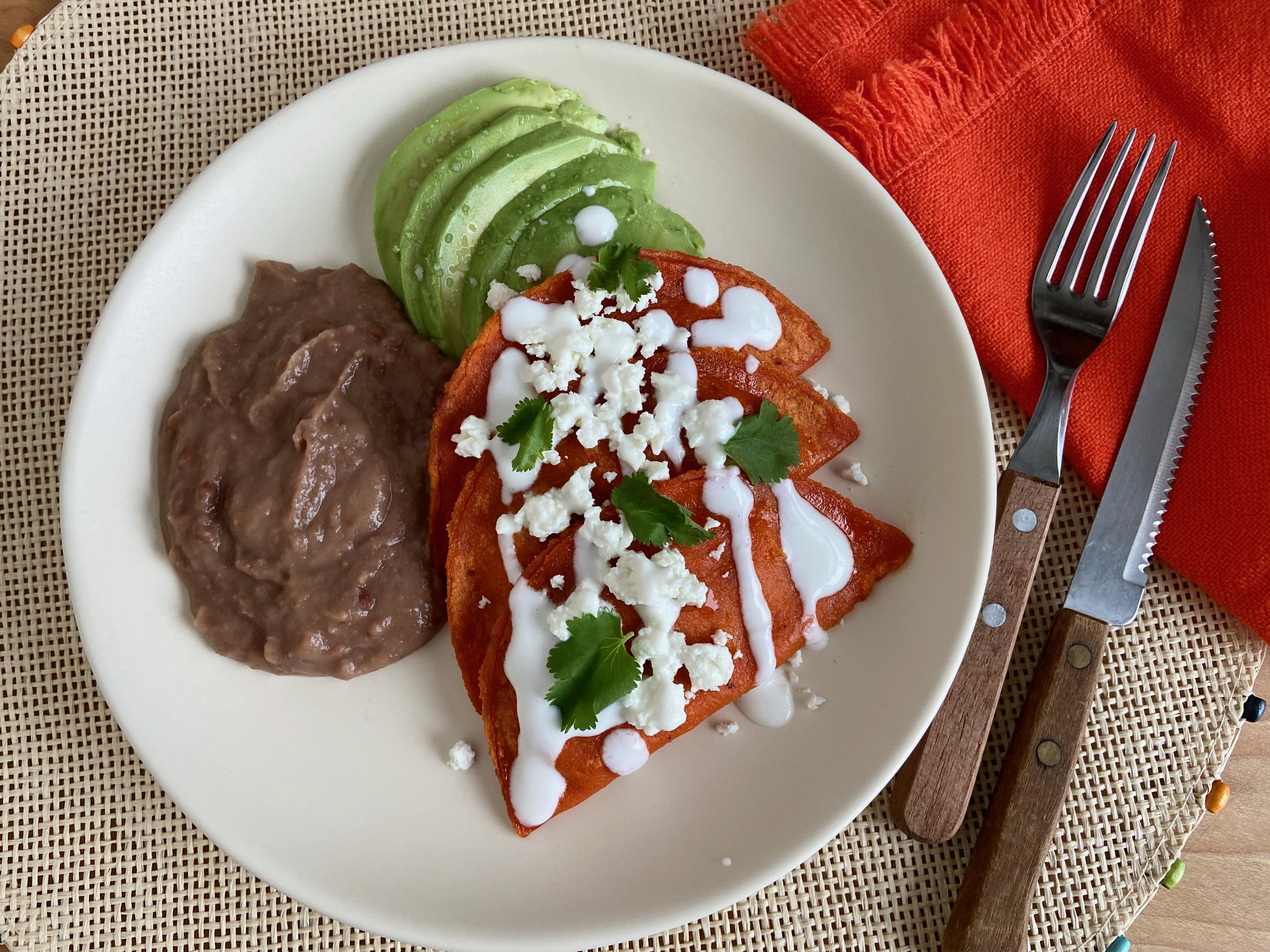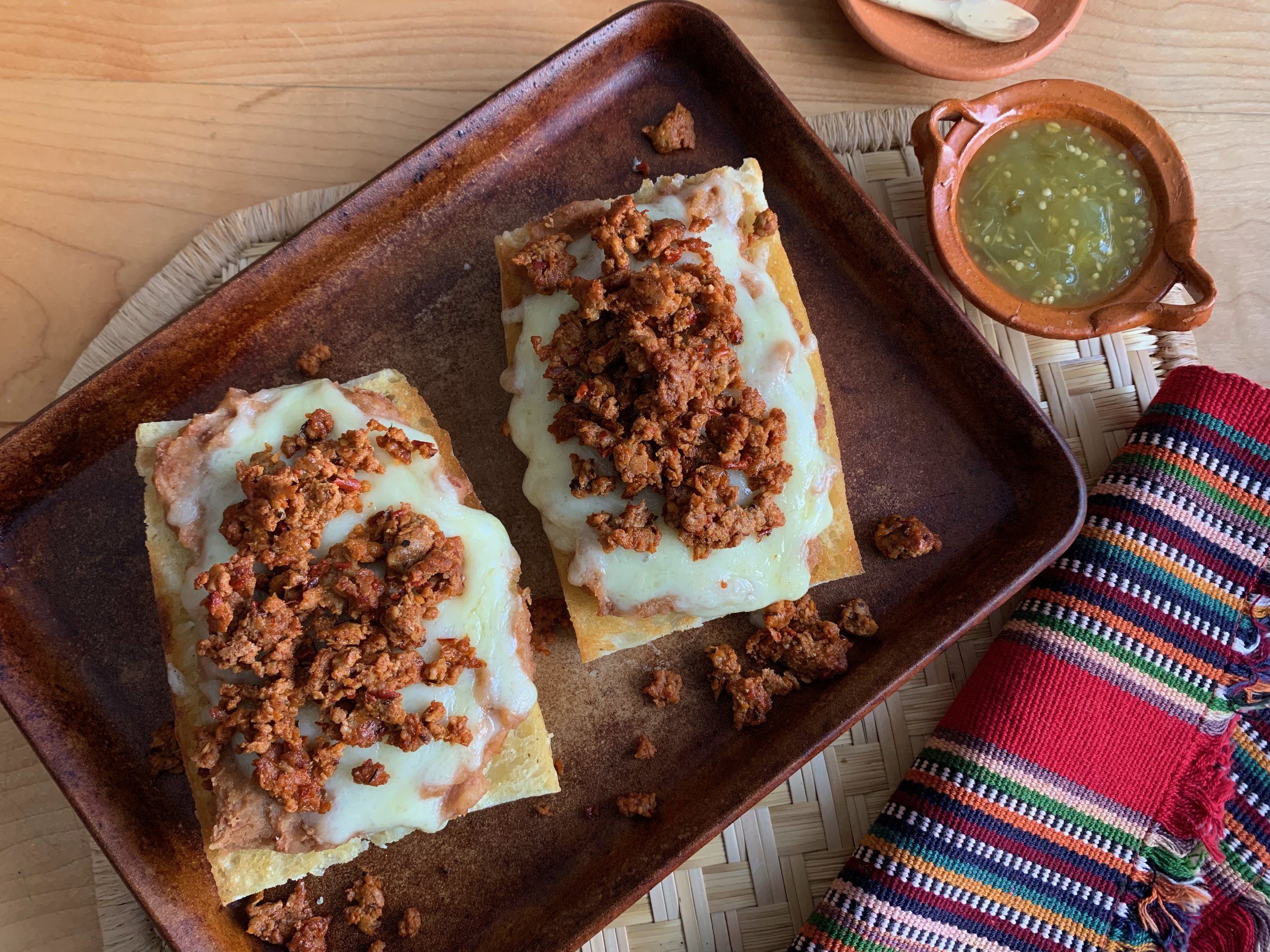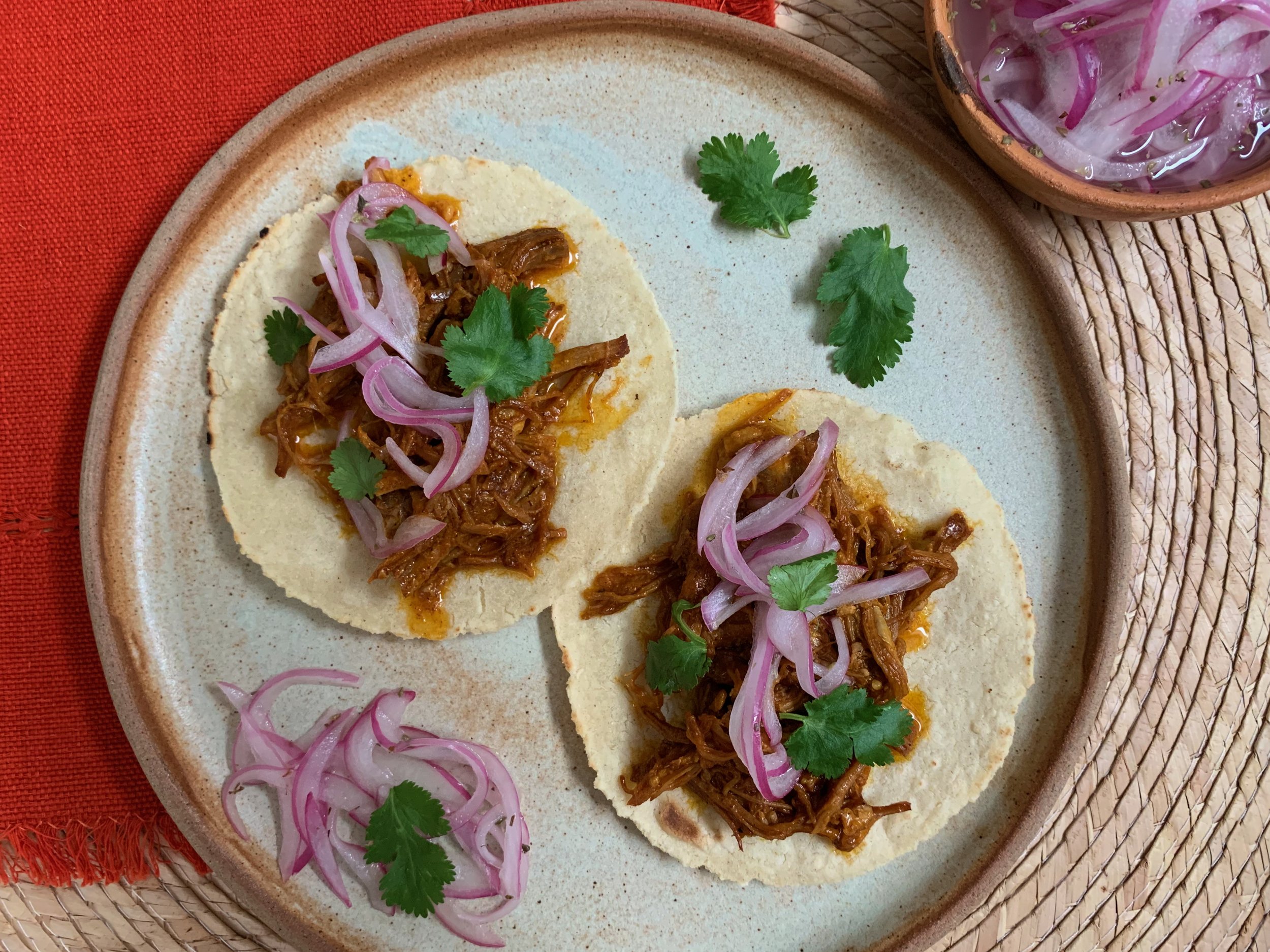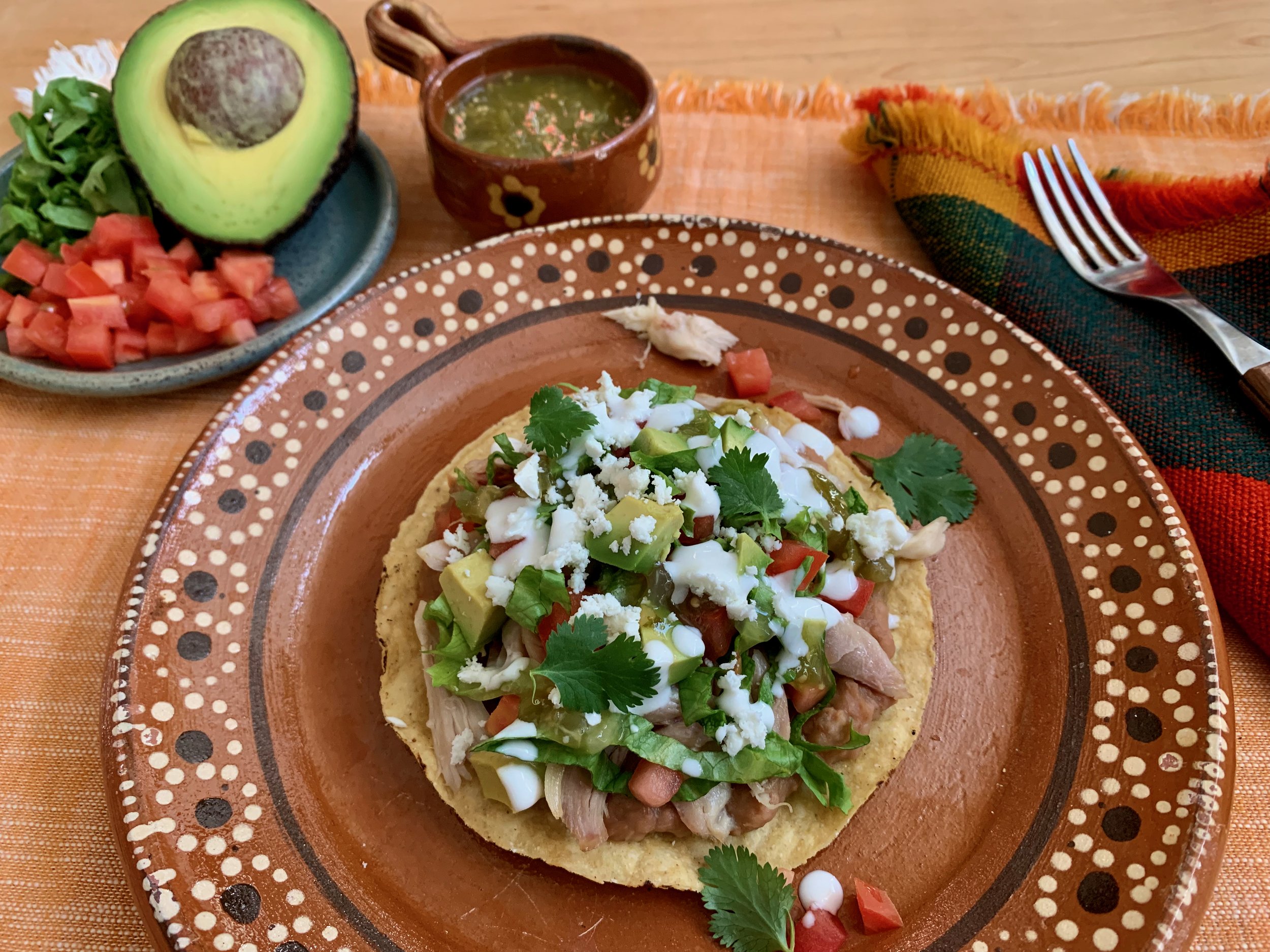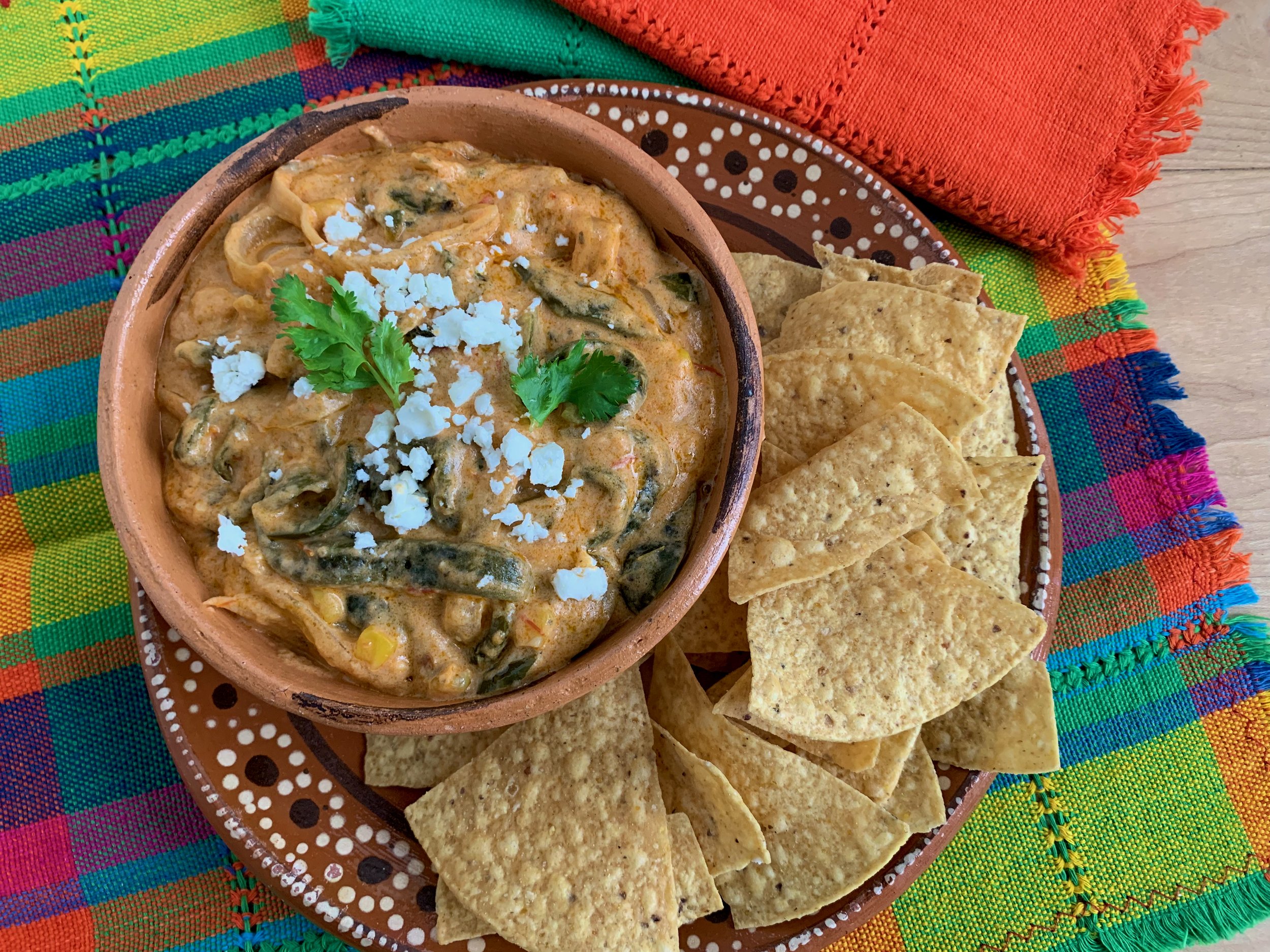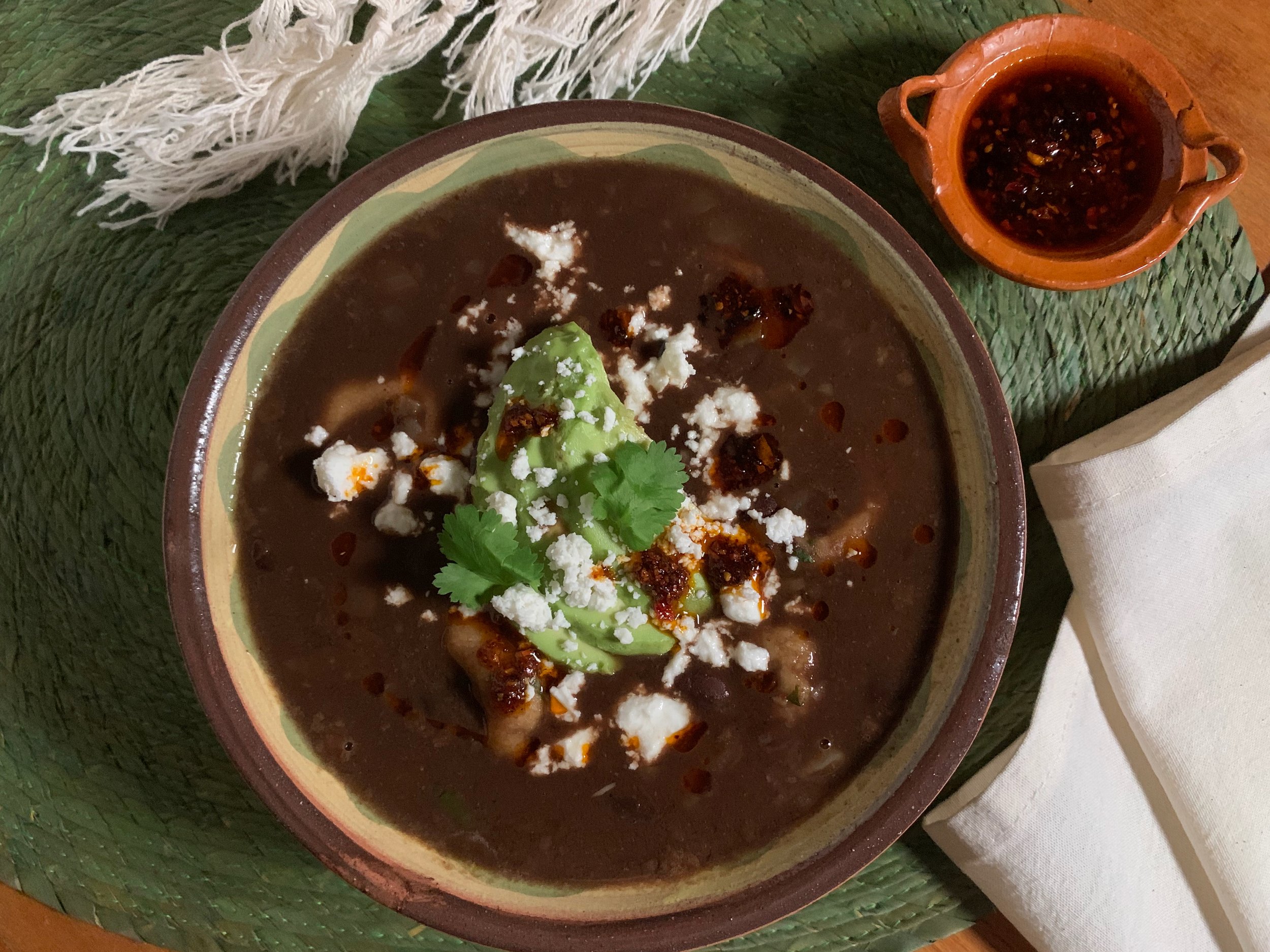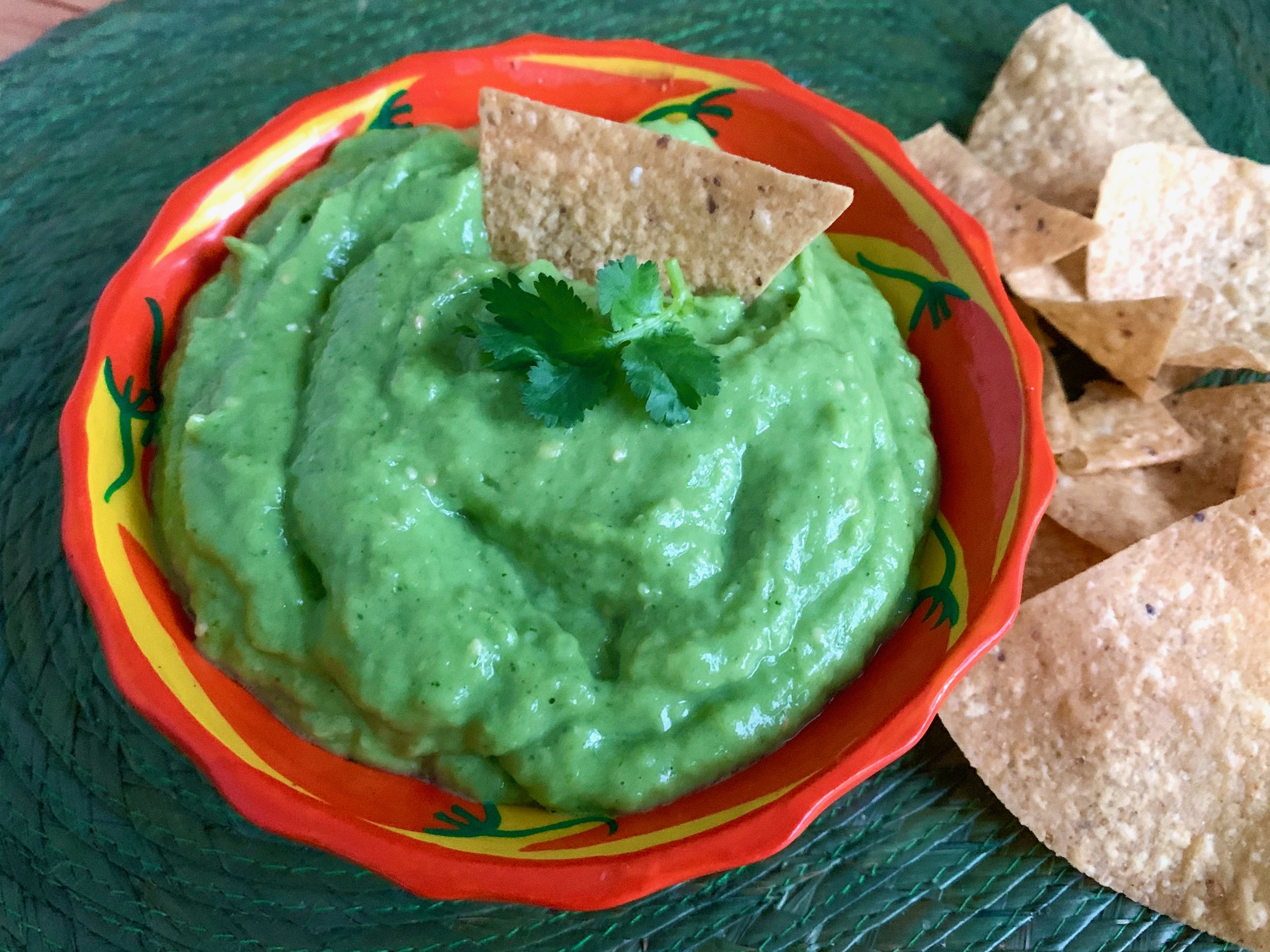Growing up in Monterrey, one of life’s pleasures was to enjoy a Sunday breakfast of a good Machacado con Huevo, made with Carne Seca. What is that you ask? Well, let’s start with the meat.
Carne Seca is simply salted, dried beef, but there’s nothing simple about this ingredient. Monterrey and the northern states of Mexico were populated by (nomadic) hunting tribes including Chichimecas, Apaches and Tarahumaras. Meat used to be dried in the desert sun as a method of preservation and this is what today is a prized ingredient in my hometown.
Originally, this was done with venison, but eventually it changed to beef. This meat is made by salting very lean, very thin beef steaks and then drying them. Meat was hung up outside, taking advantage of the strong sun, but eventually the process became industrialized. Still, this product remains expensive, as the yield of the meat is about 1/3 of its weight after it’s dried. In years past, I tried to bring some home to Canada, but unfortunately it was confiscated at the airport, so I have never brought it back since then. And ever since then, I’ve said to myself that I needed to learn how to make it. Never mind that was about 15 years ago! Finally, when I bought a dehydrator, this became an easy experiment and I’m going to share that with you today.
Carne Seca is a popular appetizer in Monterrey, think of it as a tapa if you will. Simply lightly toasted on a griddle, it is served with lime wedges and salsa on the side to start a meal. If you speak to anyone from Nuevo León, they will tell you one of their favourite breakfasts is a good Taco de Machacado con Huevo, made in a flour tortilla - dried beef and scrambled eggs - and for good reason! Another way to use this meat is by making a saucy concoction with potatoes, the meat and salsa, and simmered together until thick - this is called Caldillo and you eat it like a stew. Another popular dish made with dried beef is called Atropellado, and it’s simply the beef cooked with salsa, served with tortillas as an appetizer. You can make burritos, sopes, tostadas, tacos, the sky’s the limit with this ingredient! I will share recipes for these things in the coming weeks, but we need to start with the beef.
If you’ve ever made beef jerky, you know the basics of drying meat, but the most important thing is to use very lean meat; fat tends to spoil, so remove any trace of fat before you start. The best cuts for this are sirloin, strip loin or eye of round. The meat has to be cut about 1/8” or just slightly thicker - the thinner it is, the faster it will dry. The meat needs to be salted while raw - for flavour, but more importantly, to inhibit any bacterial growth as the drying process starts. After salting, the meat needs to rest for one hour in the fridge. Depending on how thick the meat is, the drying time will be anywhere from 4-10 hours. After it’s dried, the meat is best stored in the fridge, or freezer for longer storage.
Carne Seca de Res
Dried Beef
500g very lean beef - strip loin, sirloin or eye of round, cut 3 - 4mm thick (1/8” or slightly thicker)
1 Tbsp Diamond Crystal Kosher Salt or 1/2 tsp table salt
Remove all fat from meat, then season on both sides with salt.
Place meat on single layer on a rack set over a tray and refrigerate for one hour.
Arrange meat on single layer on dehydrator racks and set temperature to 160°F.
Dehydrate for 4-10 hours - this will depend completely on how thick the meat is cut, so check starting at 4 hours and go from there.
Meat is done when it is stiffer, dry and brittle.
Let cool completely and store. Meat can then be shredded using scissors or a food processor, depending on how you will be using it.
For an easy appetizer, lightly toast the meat slices on a griddle and serve with lime wedges and salsa.
Makes 175g.


